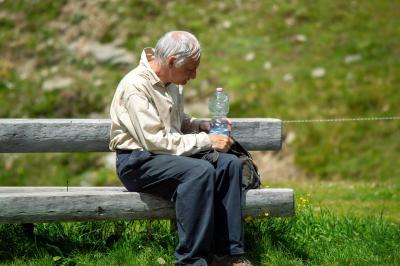Global Projections of Heat Exposure of Older Adults
We processed climate model data on future temperatures under different scenarios of climate warming to create metrics of exposure to acute and chronic heat and calculated the spatial overlap between these metrics and demographic projections of future population aging. Across the globe, regions with aging populations and intensifying heat exposure emerge as risk hotspots.
In the coming decades, society will face the twin challenges of increasing heat exposure due to climate change and aging populations. Where temperatures will increase and where populations will age will determine health impacts on older adults, hotspots of elderly vulnerability, and the need for interventions.
The global population is aging at the same time as heat exposures are increasing due to climate change. Age structure determines populations’ vulnerability to high temperatures. We combine age-stratified demographic projections with projections of mid-century temperature and find that chronic exposure to heat doubles across all warming scenarios. More than 23% of the global population over 69 years of age will live in climates whose 95th percentile of daily maximum temperature exceeds the critical threshold of 37.5 °C, compared with 14% today, exposing an additional 177–246 million older adults to dangerous acute heat. We find the most severe effects in Asia and Africa, regions which also have the lowest capacity to adapt.

